Today I checked in to a near 17 hour long epic series about Brady, a man diagnosed with a rare and deadly disease who embarks on a journey of self-discovery and life fulfillment – aka a “fuck-it list”.
It’s rare, dare I say non-existent, to see an online show with the length of a television drama (nearly hour long episodes) and the ability to put out a near twenty episode arc. The feat alone is remarkable, as is the fact that they managed to pull it all off in right around one year.

The show is a great example of the tradeoffs that come with low budget web production on a large scale. TeleviSean has developed some legitimately good characters, and the long form format is an amazing vehicle for showing off and growing the excellent dynamic between them. TeleviSean is one of the best examples of character development in a series and this is directly because of the time given to that development. More on this later.
The amazing character development and the length of the show comes at something of a cost. The show takes place in a lot of different locations, and the story is shot in very much a documentary style. There are plenty of long takes, and shots that give the audience a good sense of the scenery of the location. While I love long takes, tracking shots and wide views of locations a lot of their charm comes in the technical requirements of achieving them. For example, when a camera angles around a location, letting you see all the little details what it is really doing is showing you that there are no visible lights, and that the scene is not being shot on a set. It’s an extra layer of believability and realism added to a scene, and another way of allowing a production to stand out from another.
 In the case of TeleviSean the lights are noticeably absent. Night scenes are often too dark and the production quality takes a big hit. My initial suggestion is simply to add a few lights but that can compound problems. Adding lights means setting time aside to putting lights up, and blocking them out of the shot. That also will require the group to learn how to properly light a scene, if they don’t already have experience doing so. Blocking out the lights also means that tracking shots will be minimized, and post production editing will be more time consuming. The addition of lights would likely drastically hurt the run and gun, start to finish, in and out style of the production.
In the case of TeleviSean the lights are noticeably absent. Night scenes are often too dark and the production quality takes a big hit. My initial suggestion is simply to add a few lights but that can compound problems. Adding lights means setting time aside to putting lights up, and blocking them out of the shot. That also will require the group to learn how to properly light a scene, if they don’t already have experience doing so. Blocking out the lights also means that tracking shots will be minimized, and post production editing will be more time consuming. The addition of lights would likely drastically hurt the run and gun, start to finish, in and out style of the production.
Another idea would be to limit the number of scenes that take place at night. The scenes shot in the day are generally quite visually appealing. Of course that cuts available production time in half, and limits the artistic options of the show. It would probably be weird to see every scene take place in the day.

My suggestion would be to start incorporating better practical lighting into the locations. While there are a ton of limitations to practical lighting it would keep the blocking to a minimum and limit the number of occasions we see a light stand in a shot. This would add another step to production time and every location will have different requirements but right now I strongly believe that the poor lighting on night scenes is limiting the potential audience for a show that is knocking it out of the park in just about every other way.
The other big technical issue is the sound. I think the group does a good job of capturing location audio but with so many hours of footage I’m not sure there was enough man power to pull off all that sound editing. This is simply another tradeoff. I think it’d be great if they could afford to have someone dedicated to post sound design, but beyond the financial limitations is the amount of work that needs to go into editing almost seventeen hours of footage. Buying some lights is still the most cost effective way to drastically increase production quality.
 Back to the things this series does really well – characters. While episode 8 was probably singled out for how good it was as a whole compared to others I have to give credit where credit is due. That episode is a flat out fantastic example of television style, character oriented writing. We have a seriously long conversation between two best friends that illustrates their insanely valuable rapport. Brady makes fun of Elstro’s twenty year old girlfriend, but the conversation bends around to the thought of their eventual wedding. The two call each other out on their bullshit and want to make sure they put their heart in the right place. Those are the types of friends you need and their realistic camaraderie is one of the foundations of the show. The conversation is literally eleven minutes long, in a single take. It was shot without any coverage and requires just as much rehearsal as one would expect.
Back to the things this series does really well – characters. While episode 8 was probably singled out for how good it was as a whole compared to others I have to give credit where credit is due. That episode is a flat out fantastic example of television style, character oriented writing. We have a seriously long conversation between two best friends that illustrates their insanely valuable rapport. Brady makes fun of Elstro’s twenty year old girlfriend, but the conversation bends around to the thought of their eventual wedding. The two call each other out on their bullshit and want to make sure they put their heart in the right place. Those are the types of friends you need and their realistic camaraderie is one of the foundations of the show. The conversation is literally eleven minutes long, in a single take. It was shot without any coverage and requires just as much rehearsal as one would expect.
 Where this episode really shines is in the slow arc of ‘Em’ who is adamantly against going on the white water rafting trip the group has been planning. The show illustrates how the bond she has with Sean and Elstro ultimately will lead her to joining them on the trip. It’s a very satisfying and logical character transformation that probably sounds simple but which in reality is something I rarely see pulled off quite so well in web series. A lot of this comes down to having around forty five minutes to build it up.
Where this episode really shines is in the slow arc of ‘Em’ who is adamantly against going on the white water rafting trip the group has been planning. The show illustrates how the bond she has with Sean and Elstro ultimately will lead her to joining them on the trip. It’s a very satisfying and logical character transformation that probably sounds simple but which in reality is something I rarely see pulled off quite so well in web series. A lot of this comes down to having around forty five minutes to build it up.
A lot of credit has to be given to Derek Elstro, Danielle Reverman, and Sean Robinson who deliver the goods in their roles as three best friends dealing with the impending death of the man who is the glue that bonds their group together. It’s clear that the three have developed a real life bond that seriously enhances the performances on screen.
TeleviSean can be seen on Blip http://blip.tv/televisean and you can follow along with the production by visiting their official site http://televisean.com

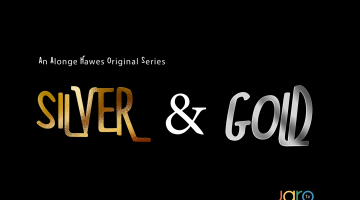



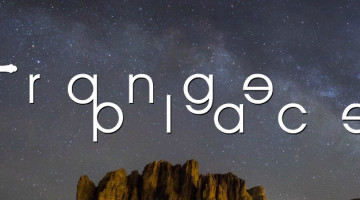
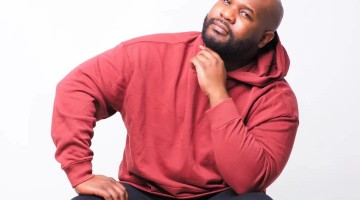
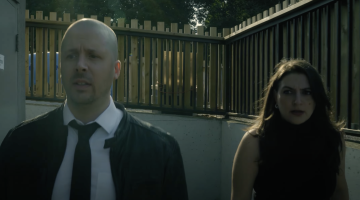
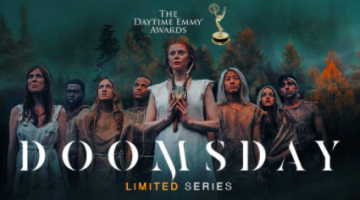

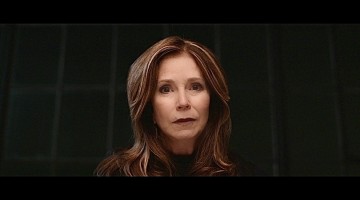
Gonna dive into this for sure. 17 hours!!!!! That’s freaking wild! One year? Stunning! I find shooting the run and gun style does well if you can replace lights with higher wattge/better temp ones. Great piece
That’s my thought as well. You just need to be careful that the fixtures don’t get too hot, which is a hassle. Not sure if there are any decent florescent bulbs that can fit in a regular fixture and output enough light to make it worthwhile. The toughest problem is still doing post production audio on those 17 hours of footage.